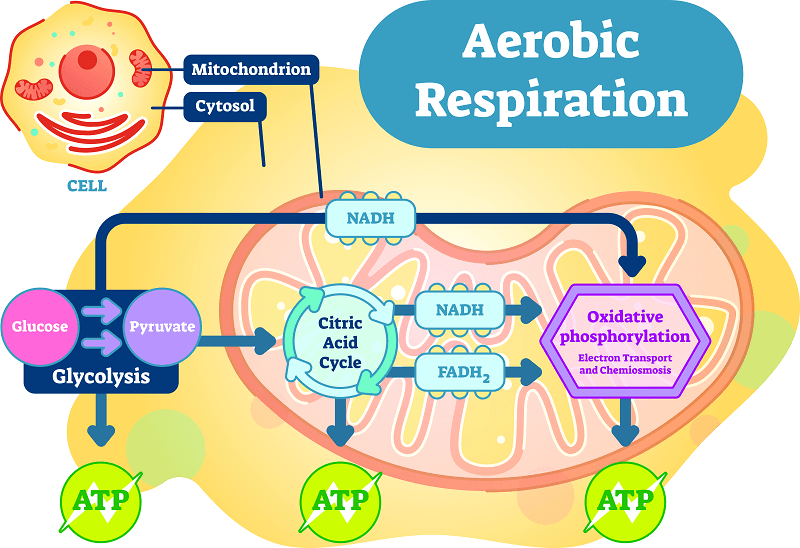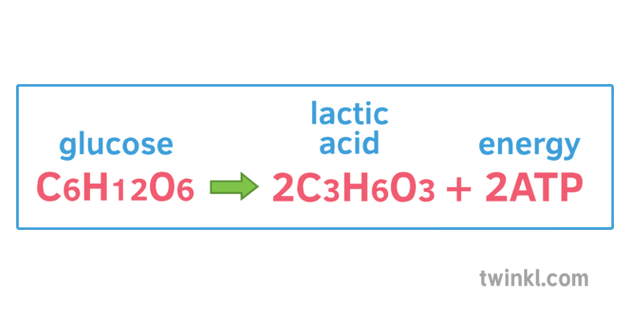Respiration Uncovered!
- Aug 23, 2020
- 2 min read
We’ve probably all come across 'glucose + oxygen -> carbon dioxide + water + energy' before. However, there’s a lot more under the surface. Read on to uncover the secrets of respiration! At the very end, look out for a scientifically proven bread-making tip and how this is related to respiration.
The Basics
Let's begin with a question. It may seem like common sense, but why is energy so integral to, not only humans, but all of biology?
Essentially, for its crucial uses. We use the energy released from respiration for movement, warmth, and in chemical reactions to build up molecules.
We get energy by cellular respiration, commonly called respiration. There are two types of respiration: anaerobic and aerobic. Respiration releases energy, so is an exothermic reaction. A common misconception is that respiration takes place only during or after exercise. The truth is that it’s taking place all the time, in all living organisms.
Aerobic vs Anaerobic
As mentioned before, you may already know there are two different types of respiration: aerobic and anaerobic. But what does this mean?
Aerobic Respiration

Well, aerobic respiration is the more common form of respiration, done when there is oxygen available. This oxygen reacts with stored glucose (whether it be in the body or a plant) to create carbon dioxide and water. See the word and symbol equations below.
Oxygen + Glucose → Water + Carbon dioxide + Energy
O2 + C6H12O6 → H2O + CO2 + Energy
This process releases energy. This energy is ultimately used in life processes like active transport, muscle contractions in humans, cell growth and repair, the building of large molecules from smaller ones, and more. All this takes place in the mitochondria, which is the site of respiration - this explains why it is commonly known as the ‘powerhouse of the cell’.
Anaerobic Respiration

Separately, anaerobic respiration describes respiration taking place without oxygen available. In this type of respiration, less energy is produced than in aerobic respiration since the glucose is fully oxidized in aerobic respiration. It can take place in muscle cells in animals and plant and yeast cells.
Anaerobic respiration works in muscle cells by glucose being converted into lactic acid and releasing energy. This is because muscle cells, during exercise, have limited access to oxygen, so must respire anaerobically. See the word and symbol equations for anaerobic respiration in muscle cells below.
Glucose → Lactic Acid + Energy
C6H12O6 → C3H6O3 + Energy
Anaerobic respiration works in plant and yeast cells by glucose being converted into ethanol and carbon dioxide while releasing energy. This reaction is really useful. Anaerobic respiration in yeast is called fermentation. Fermentation allows us to make alcoholic drinks such as beer. Ever wondered why we put yeast in bread? Well, this is because fermentation causes the dough to rise. See the word and symbol equation for anaerobic respiration in plants and yeast cells below
Glucose → ethanol + carbon dioxide + energy
C6H12O6 → C2H5OH + CO2 + energy
The final bread-making tip? Don't forget your yeast.

By: Hemlata Pant
Sources:
“Aerobic Respiration and Anaerobic Respiration - Pass My Exams: Easy Exam Revision Notes for GSCE Biology.” passmyexams.co.uk, passmyexams.co.uk/GCSE/biology/aerobic-and-anaerobic-respiration.html#:%7E:text=The%20energy%20produced%20during%20respiration,i.e.%20proteins%20from%20amino%20acids. Accessed 21 Aug. 2020.
“Biology.” www.aqa.org.uk, www.aqa.org.uk/subjects/science/gcse/biology-8461. Accessed 21 Aug. 2020.
“GCSE Science Revision Biology ‘Respiration.’” YouTube, uploaded by Freesciencelessons, 19 Oct. 2017, www.youtube.com/watch?v=ZKAaDbTP6Dc.




Comments